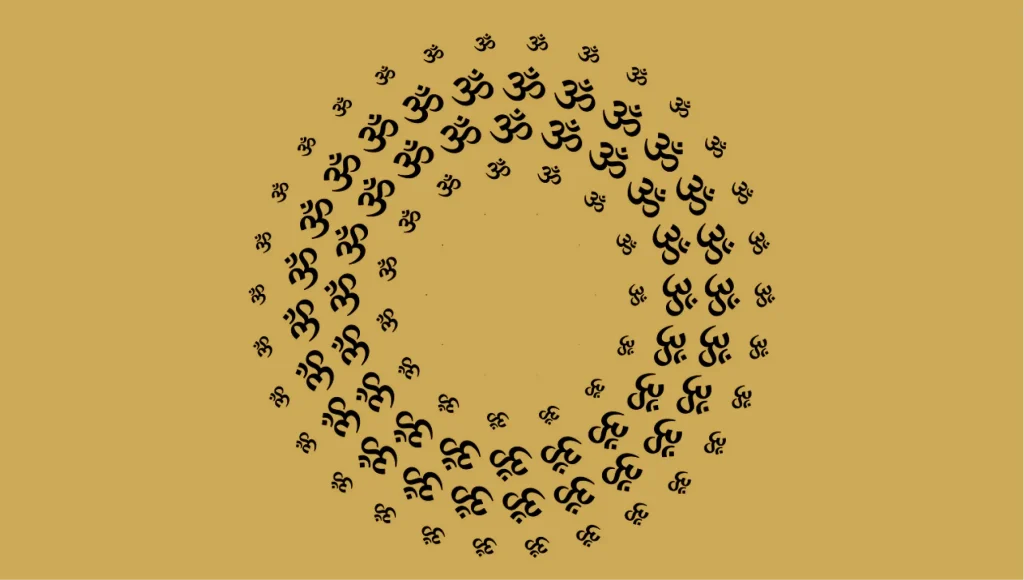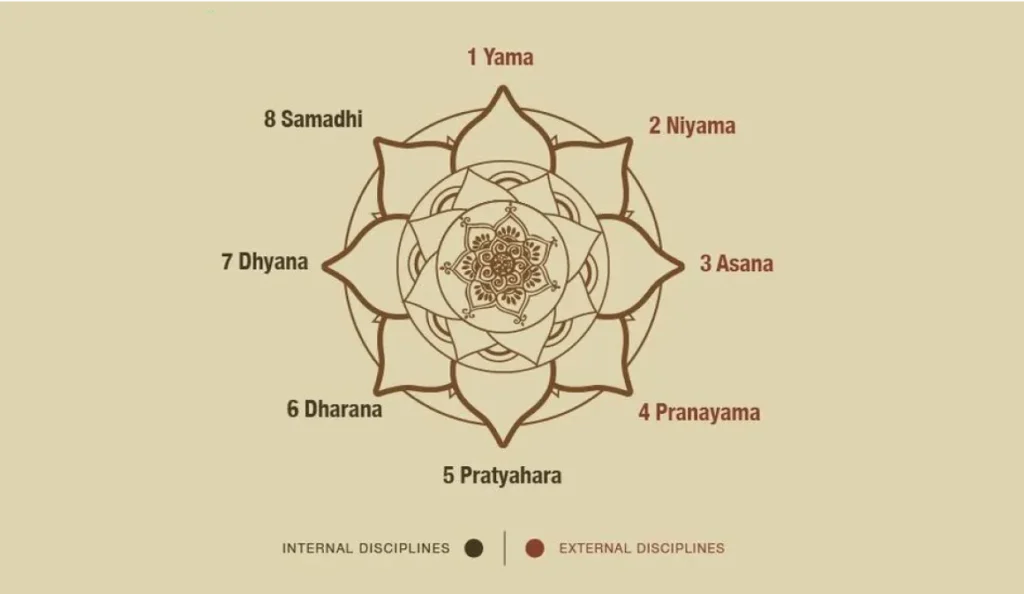Awakening the Inner Flow: Exploring the Seven Chakras in Yoga
The idea of chakras plays a crucial role in transforming the complex fabric of yoga. These seven energy centers are supposed to control our mental, emotional, and spiritual health and are arranged in a row down the spine. Every Chakra is diverse and impacts various areas of our existence. Join us as we explore the meaning, qualities, and balancing of yoga chakras for a happy and lively existence. We will dig into the intriguing realm of yoga chakras.
The Essence of Chakras
Derived from the Sanskrit word meaning “wheel” or “disk,” the word “chakra” refers to the whirling energy vortices that are found throughout the body. According to traditional wisdom, our health and energy are influenced by the places of intersection between spiritual and physical forces, or chakras. Though blockages or imbalances might result in mental and physical difficulties, these energy centers support general well-being when balanced.
The Seven Chakras: An Overview
Mantras have enormous effects on the brain and body, which modern science is starting to unravel. Mantras can be repeated to produce particular sound frequencies that can affect our brain circuits, resulting in a reduction in tension, an increase in relaxation, and an improvement in concentration. Mantra chanting has been shown to trigger the parasympathetic nervous system, which results in a profoundly relaxed and anxiety-free state.
1. मूलाधार चक्र -Muladhara (Root Chakra)
Location: Base of the spine
Color: Red
Element: Earth
Mantra: Lam
Our energy system is based on the Muladhara chakra, which represents security, stability, and survival necessities. A well-balanced Root Chakra gives us a sense of security and ties us to the soil.
Balancing Tips:
- Practice grounding yoga poses like the Mountain Pose and Warrior Pose.
- Engage in activities that connect you with nature, such as walking barefoot on grass.
- Use affirmations related to security and stability.
2. स्वाधिष्ठान चक्र -Svadhisthana (Sacral Chakra)
Location: Lower abdomen, about two inches below the navel
Color: Orange
Element: Water
Mantra: Vam
The Svadhisthana chakra governs emotions, creativity, and sexuality. It is related to our capacity to enjoy life and take care of ourselves and others.
Balancing Tips:
- Incorporate hip-opening yoga poses like Pigeon Pose and Bound Angle Pose.
- Engage in creative activities such as painting, dancing, or writing.
- Practice mindfulness to explore and express emotions healthily.
3. मणिपुर चक्र -Manipura (Solar Plexus Chakra)
Location: Upper abdomen, around the stomach area
Color: Yellow
Element: Fire
Mantra: Ram
The Manipura chakra is the center of personal power, confidence, and self-esteem. It influences our ability to set goals and take action.
Balancing Tips:
- Strengthen the core with yoga poses like Boat Pose and Plank Pose.
- Practice breathing exercises such as Kapalabhati (Breath of Fire).
- Use affirmations that reinforce self-worth and determination.
4. अनाहत चक्र -Anahata (Heart Chakra)
Location: Center of the chest
Color: Green
Element: Air
Mantra: Yam
The Anahata chakra represents love, compassion, and empathy. It links the upper spiritual and lower physical chakras, promoting emotional equilibrium and intense bonds.
Balancing Tips:
- Open the heart with yoga poses like Camel Pose and Cobra Pose.
- Practice loving-kindness meditation to cultivate compassion.
- Use affirmations that promote forgiveness and unconditional love.
5. विशुद्धि चक्र -Vishuddha (Throat Chakra)
Location: Throat
Color: Blue
Element: Ether
Mantra: Ham
The Vishuddha chakra governs communication, self-expression, and truth. It’s essential for articulating our thoughts and feelings clearly and authentically.
Balancing Tips:
- Practice throat-opening yoga poses like Fish Pose and Shoulder Stand.
- Engage in activities that foster self-expression, such as singing or journaling.
- Use affirmations that emphasize honesty and effective communication.
6. आज्ञा चक्र – Ajna (Third Eye Chakra)
Location: Between the eyebrows
Color: Indigo
Element: Light
Mantra: Om
The Ajna chakra centers intuition, insight, and inner wisdom. It allows us to see beyond the physical realm and access more profound truths.
Balancing Tips:
- Stimulate the third eye with yoga poses like Child’s Pose and Forward Fold.
- Practice meditation and visualization exercises.
- Use affirmations that encourage clarity and intuitive understanding.
7. सहस्रार चक्र – Sahasrara (Crown Chakra)
Location: Top of the head
Color: Violet or White
Element: Cosmic Energy
Mantra: Silent Om
The Sahasrara chakra represents spiritual connection, enlightenment, and universal consciousness. It’s our gateway to higher awareness and unity with the divine.
Balancing Tips:
- Incorporate restorative yoga poses like Savasana and Lotus Pose.
- Engage in spiritual practices such as prayer or contemplation.
- Use affirmations that foster a sense of oneness and divine connection.
Balancing the Chakras for Holistic Health
Balancing the chakras involves a combination of physical, mental, and spiritual practices. Here are some general tips for maintaining harmony within your energy centers:
- Practice throat-opening yoga poses like Fish Pose and Shoulder Stand.
- Engage in activities that foster self-expression, such as singing or journaling.
- Use affirmations that emphasize honesty and effective communication.
Balancing the Chakras for Holistic Health
- Yoga Practice: Regularly practice yoga poses that target specific chakras to keep the energy flowing.
- Meditation: Spend time in meditation, focusing on each Chakra and visualizing its color and energy.
- Affirmations: Use positive affirmations tailored to each Chakra to reinforce their balanced state.
- Diet and Lifestyle: Eat and do things that help each Chakra stay in good condition. For example, grounded foods help the Root Chakra, while creative pursuits help the Sacral Chakra.
Conclusion
Mantras for yoga are potent instruments that can change your life and practice. By using your inner resonance, you can achieve mental clarity, emotional healing, spiritual connection, and physical well-being. Accept the power of mantras and allow their hallowed vibrations to lead you to inner serenity and self-discovery. Adding mantras to your yoga practice, regardless of experience level, can improve your practice and reveal the many advantages of this age-old discipline.







